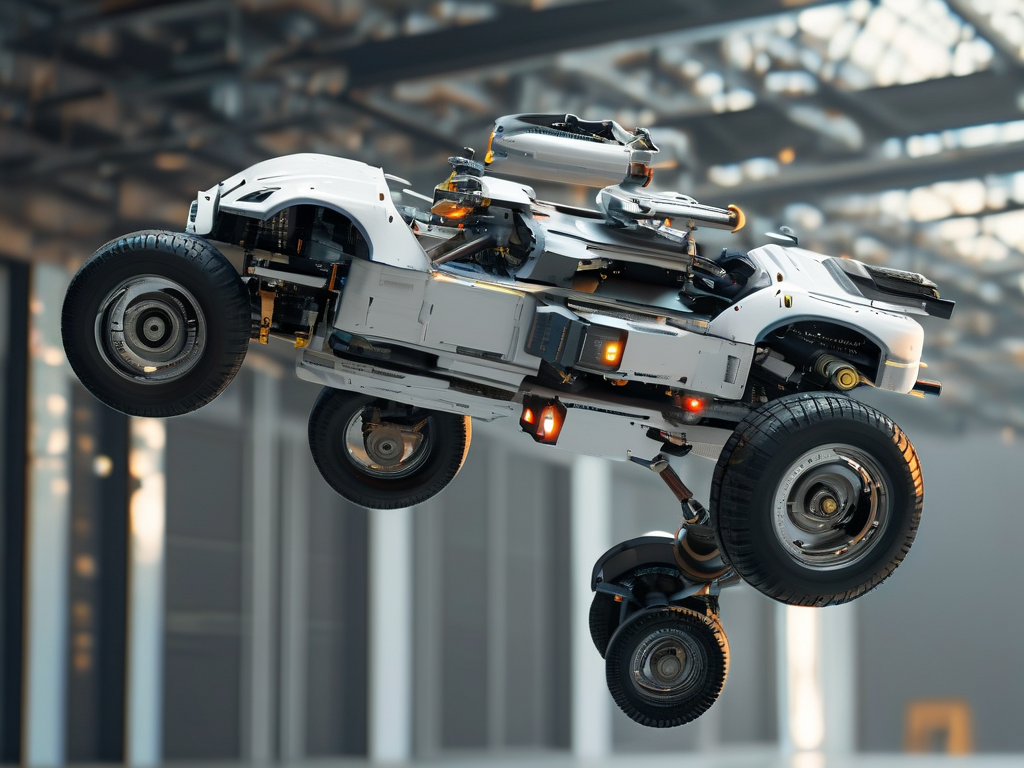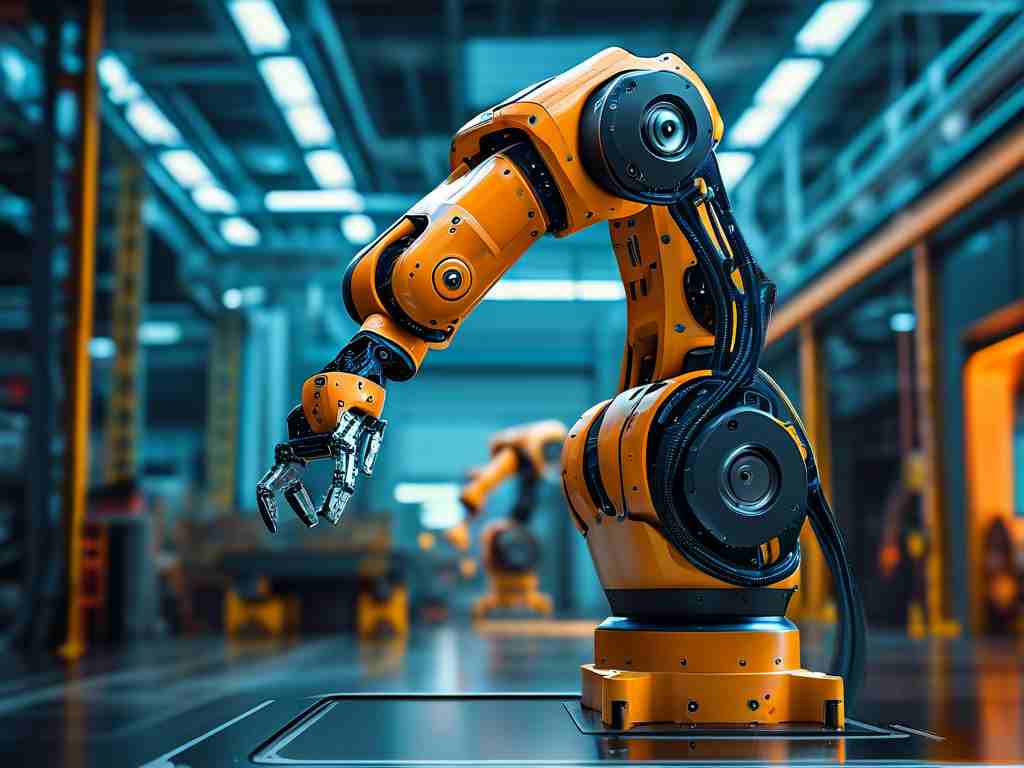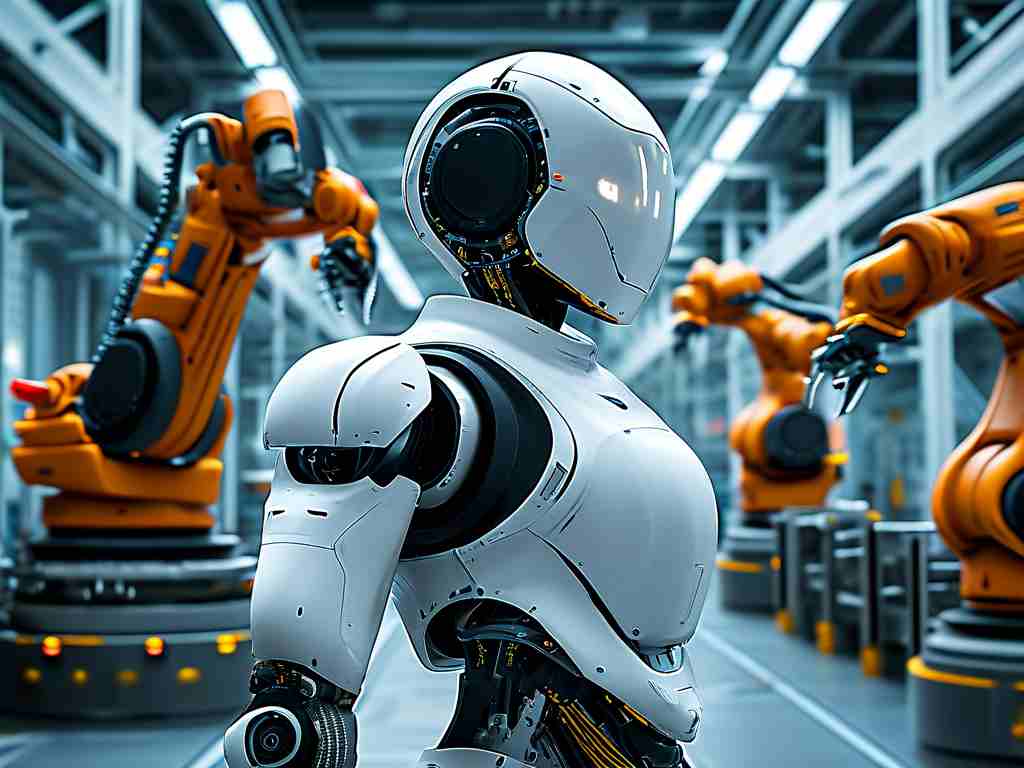The ability of humanoid robots to perform aerial maneuvers like backflips represents a pinnacle of modern robotics engineering. This article explores the intricate technical framework enabling these gravity-defying movements, blending principles from biomechanics, control theory, and advanced material science.

Kinematic Foundations
At the core of robotic backflips lies precise kinematic modeling. Engineers design articulated joints with 6-8 degrees of freedom (DoF) to mimic human spinal flexibility and limb coordination. Unlike static industrial robots, dynamic systems require real-time torque adjustments across hip, knee, and ankle actuators – some generating over 300 N·m instantaneous torque. The motion trajectory is precomputed using quaternion-based algorithms that account for angular momentum transfer during takeoff and mid-air rotation.
Dynamic Balancing Act
Maintaining stability during rapid rotation demands sophisticated inertial measurement systems. Custom MEMS gyroscopes operating at 2 kHz refresh rates feed data to central processing units running model predictive control (MPC) algorithms. These systems continuously adjust limb positions within 5 ms latency windows – faster than human reflex responses. A critical breakthrough came with hybrid control architectures combining feedforward momentum planning with feedback error correction, allowing robots like Boston Dynamics' Atlas to recover from 30° orientation deviations mid-flip.
Power Transmission Challenges
High-density lithium polymer batteries (98 Wh/kg) coupled with harmonic drive reducers enable the explosive power required for launch phases. During testing phases, engineers discovered that traditional servo motors overheated within three consecutive flips. The solution emerged through liquid-cooled brushless DC motors integrated with phase-change thermal interface materials, sustaining peak 15 kW power outputs while keeping temperatures below 85°C.
Surface Interaction Dynamics
Takeoff and landing mechanics reveal hidden complexities. Foot-ground contact phases require variable impedance control – rubberized polyurethane soles with embedded force-torque sensors modulate stiffness from 50 N/mm to 500 N/mm within 0.2 seconds. Recent prototypes demonstrate adaptive foot arches using shape-memory alloys, improving energy recovery during impact by 18% compared to rigid platforms.
Software Orchestration
The control stack layers multiple real-time operating systems (RTOS), with Xenomai Linux kernels handling motion planning while bare-metal firmware manages actuator currents. Machine learning plays an unexpected role – neural networks trained on 12 TB of motion capture data optimize center-of-mass trajectories through reinforcement learning. Surprisingly, these AI models discovered non-human movement patterns that reduce joint stress by 22% during complex maneuvers.

Material Science Innovations
Carbon fiber-reinforced polyamide structures with graphene-doped joints address conflicting needs for lightweight durability. Hip joints now withstand 50,000+ flip cycles without degradation, achieved through diamond-like carbon coatings on titanium alloy load-bearing surfaces. Ongoing research explores 4D-printed metamaterials that alter stiffness properties mid-air using magnetic field activation.
Future Horizons
Emerging technologies promise to push boundaries further. Quantum inertial sensors under development could improve orientation tracking accuracy by three orders of magnitude. Teams are experimenting with explosive pneumatic actuators inspired by mantis shrimp biomechanics, potentially enabling double backflips. Meanwhile, energy recovery systems harnessing piezoelectric effects from joint movements aim to reduce power consumption by 40%.
As these systems evolve, they're finding unexpected applications beyond entertainment – from disaster response robots navigating collapsed structures to exoskeletons assisting gymnasts. The backflip serves as both a technical benchmark and a springboard for innovations redefining robotic mobility.









